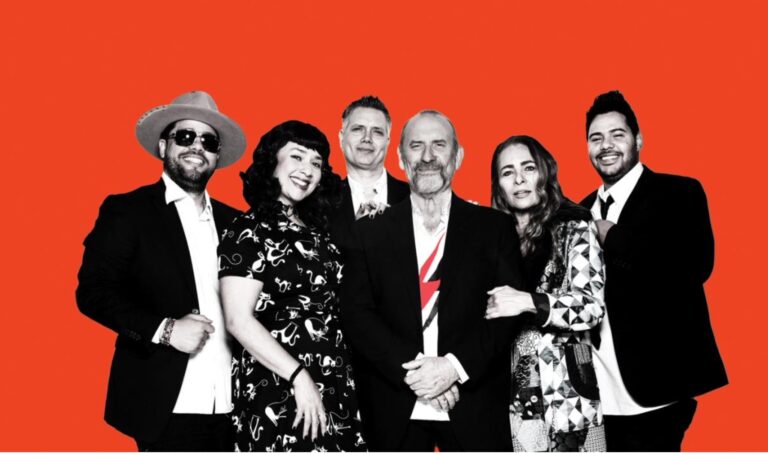
Clover’s win gets Jess into Council

BY KRISTEN TSIAMIS
The City of Sydney elections that took place on September 10 saw a landslide victory for Clover Moore and her team, who make up six of the 10 councillor positions. The Liberals won two seats with Christine Forster and Craig Chung victorious. Labor and Sydney Matters each retained their one seat. Clover Moore’s victory delivered expanded majority control to the incumbent Lord Mayor with Kerryn Phillips, Philip Thalis, Jess Scully and Robert Kok set to take their place in the Council chambers.
Clover Moore’s victory resulted in an upset sixth place for her team. Jess Miller joins Council with a strong background in sustainability issues within the City. Cr Miller works for the Republic of Everyone where she is the Program Leader for Shared Value Projects like the 202020 Vision – the ambition of which is to increase urban green space by 20% by 2020. She is also the Co-Founder of Grow it Local and a Big World Advocate.
The issues of sustainability and liveability in the City of Sydney have been issues that the Lord Mayor has been trying to address for several years. Cr Miller puts these issues high on her agenda.
A city that is liveable, or that has high liveability, is characterised by “plenty of open space, clean air, is easy to get around and has a welcoming culture so that all types of people feel they can belong and thrive” she said.
The issue with Cr Miller’s picture of liveability is that it often doesn’t extend to high-rise developments, particularly older developments; something that the City has an abundance of.
High-rise buildings and sustainability aren’t traditionally known to go together, particularly when looking at existing buildings within the city. It is extremely difficult to make an older building eco-friendly. The City’s Renewable Energy Masterplan has a “significant solar program, which will produce 5.3% of current electricity demand.” This isn’t as high as other comparable cities, like San Francisco, that is eyeing and approaching, a target of 100% renewable energy by 2020.
Cr Miller said that “while it’s more difficult to retrofit existing buildings with efficiency measures such as insulation, lighting and water” it is possible, and the “Better Buildings Partnership does a great job on focusing on what can be done with existing building to not only make them more energy efficient but also cheaper to run.”
The issue of city overshadowing is partially addressed by the “Central Sydney Planning Strategy, whose intention is to ensure that City can achieve economic growth and increase density but do so in a way that is characterised by excellent…design and ensures that public space is not overshadowed.”
Overshadowing is set to become a critical issue if the current Moore council goes ahead with its plans to raise the maximum building height in the city. The CSPS won’t help the prevention of overshadowed public space if the height restrictions are changed.
The City’s Sustainable Sydney 2030 Plan outlines the city’s vision for a sustainable city as well as a “comprehensive plan of what they have done and will continue to do to achieve it”. According to Cr Miller, “it’s not just all talk.”
She says that community sustainability isn’t impossible, but rather the approach needs to change to be one that locals will want to take on board.
“I’ve worked in the community and sustainability field for 10 years. The most successful projects are ones that use the ‘Trojan Horse of Fun’ principle. Instead of trying to tell people what to do and scare them, it works better if you show them a better, alternative way of doing things – that is also fun.”









